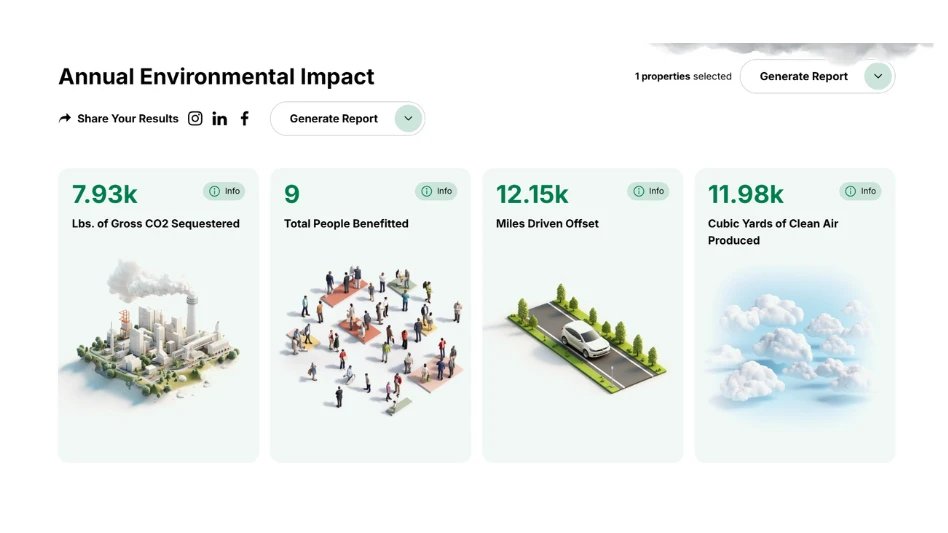
A frustrated business owner from California called me the other day to vent about the increased number of post-employment workers’ compensation claims that have bombarded his $3-million company over the past two years, resulting in an annual premium of $250,000. In specific, once an employee is fired, resigns or gets laid off, they typically file a workers’ compensation claim against the previous employer for a soft tissue injury, continuous trauma or “ongoing pain.” It’s a standard pattern that is all too popular in California; a pattern which will soon spread to other states, if it has not already found your company’s address.
While unreported post-employment injuries are difficult to predict, investigate and eliminate, the underlying context is to adopt a sincere, professional commitment to employee safety. We have all heard the “safety first” speech from innumerable consultants, workers compensation vendors and conference speakers. Despite those repetitive admonishments, injuries still occur, insurance premiums inexorably increase and business owners get even more frustrated.
That perennial cycle is due to the common practice of injury-weary companies doing the same isolated safety initiatives over and over again, hoping for another month without an injury. Instead, the proper approach is to view safety through a multi-dimensional lens incorporating various interlocking and efficacious elements that uniquely and synergistically contribute to improved employee safety.
Measurement: Per OSHA regulations, I instructed the business owner to review his company’s Detailed Loss Run Report for the past five years to determine injury type, frequency and context. Those numbers likely parallel the company’s Experience Modification Rates and annual premium costs. The California business owner could not recite any of those analytics.
Ownership: Who owns employee safety? Foremen, supervisors, department managers? My choice is the department managers, who are usually too detached from job site operations to exert meaningful leadership, tactical direction and safety-related cost containment. Aren’t departmental managers responsible for their entire business unit? For some reason, safety is frequently minimized or excluded from managerial accountability. With direct intent, how does a company give a department manager an annual pay raise or promotion if his/her field employees frequently get injured?
Safety Coordinator: Hire one; promote one; train one; get one. I told the business owner that he must take one of his best foremen (now making $25/hour), raise his pay to $28/hour, get him OSHA 10-hour certified and outline specific injury trends and best safety practices that he should review during each job site visit.
Administrative: Develop real safety goals, non-bureaucratic policies and a code of safe practices, and hold employees to those expectations consistent with the safety culture. Safety is not a “one-and-done” concept. Rather, safety must be broadly publicized and repetitively presented to employees through multiple company procedures. It must be included in every employee’s job description, performance appraisal and in the employee handbook. Best-in-class companies make safety a prominent aspect of their new employee orientation program, on-boarding process, career ladder and daily huddles.
Audits: Beyond monthly internal safety audits, safety-focused companies routinely have their workers’ compensation vendor provide a field safety representative to audit four to five job sites each quarter and submit a written report to the company management team within two weeks of the visit, identifying common themes, consistent vulnerabilities and a remediation plan.
Additionally, I recommend that business owners demand their workers’ compensation vendor provide them with a retired OSHA auditor to conduct a complete two-day mock OSHA audit every November, right before the annual budget process begins.
Training: Ongoing safety training is essential, which includes weekly safety tailgate sessions, position training, specific equipment and functional training and coaching by the department manager, foremen and safety coordinator on the actual job sites.
Communication: Institute a safety committee that meets monthly to discuss recent injuries, near misses, precautions and best practices.
Employee safety must also be a constant topic on every management team and executive team meeting agenda, as well as at every quarterly reward and recognition ceremony. I realize that companies do not want to have more meetings; that said, would you rather have more meetings or more injuries?
Accountability: Every injured employee must be required to be interrogated by the safety committee to explain the circumstances of the injury, its antecedents, the employee’s role and the employee’s future actions to prevent reoccurrence.
I recommend that business owners implement these safety fundamentals to keep all current, future and inevitable employee injury claims away from their company address.
If business owners don’t adopt that system’s view, more injuries, more lawsuits and higher insurance premiums are inevitable.

Explore the February 2025 Issue
Check out more from this issue and find your next story to read.
Latest from Lawn & Landscape
- Bartlett Tree Experts gave away 50,000 tree seedlings for Arbor Day
- Connect, Control & Conserve with Horizon Technical Services
- Use Horizon's Parts Hotline
- How I built a Top 100 company
- Horizon’s Exclusive TurfGro Fertilizer
- Grow your business with mosquito control
- LandCare adds 2 branches in SoCal, promotes Aleman to branch manager
- Spray them away





